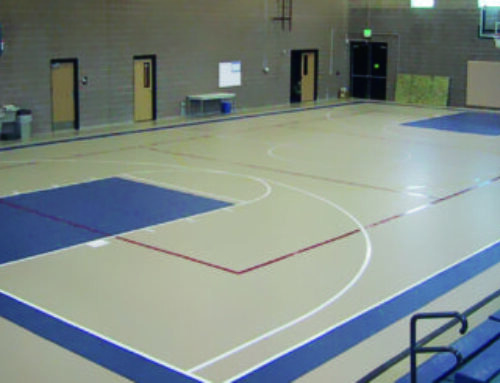According to a 2014 report by the Institute of Education Services, the average age of public school buildings in the United States is 44 years. This is an increase of four years from the last time the survey was conducted in 1999. Moreover, here in New Jersey, the average age of public school buildings is more than 50 years. Our rapidly aging schools force us to ask important questions about their safety for students and staff.
Many public schools were built during the 1950s and 1960s to accommodate the baby-boom generation. Unfortunately, during that era of public school construction, asbestos-containing materials were commonplace. From ceiling and floor tiles to mastic, joint compounds, insulation and cement, asbestos was found in hundreds of products and heralded for its strength and ability to withstand heat and chemicals. Those benefits also came with a price tag—the mineral is carcinogenic, and exposure to airborne fibers has been linked to mesothelioma, asbestosis and other diseases.
Asbestos is a fibrous mineral that is invisible to the naked eye. Asbestos-containing products served a variety of uses in home and building construction, but also had valuable roles in automotive applications and shipbuilding until the mid-1970s when regulations were issued through the Toxic Substances Control Act (TSCA.) According to the Occupational Safety and Health Administration (OSHA) and the U.S. Environmental Protection Agency (EPA), there are no acceptable levels of asbestos exposure, though there are limits in place for employees who may come into contact with it during their work day.
Just this past month, classes were cancelled in at least two schools in Pinelands Regional district due to concerns about asbestos. Asbestos is relatively safe when it is in good condition and undisturbed. It becomes a health hazard when it comes loose or crumbles and releases microscopic fibers into the air. This condition is also known as friable. There are three types of activities that account for most asbestos exposures in schools: construction, demolition and renovation; maintenance activities; and accidental disturbance.
Read the full opinion-editorial in The Courier-Post by Marie Blistan, President of New Jersey Education Association, and Dan Fatton, executive director, WEC.

